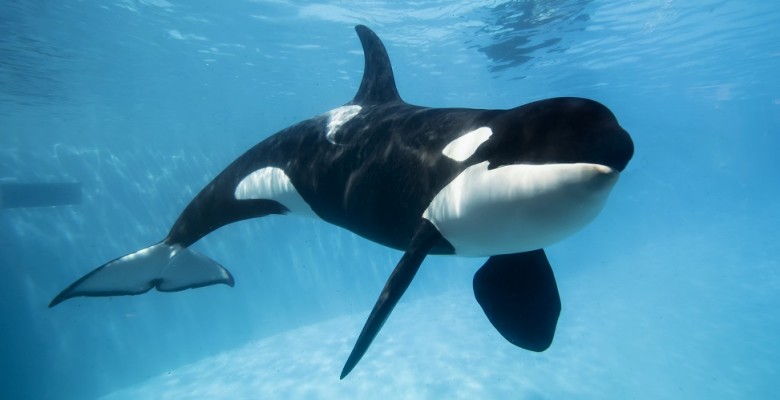Mammals are the most evolved terrestrial vertebrates. There are 5,420 species in the world, and while most are terrestrial, there are also aquatic mammals.
Some mammals live for a long time; horses can live up to 20 years; chimpanzees, about 50, and elephants, around 60 years. Humans are the mammals with the longest lifespan. In contrast, others live only a few years, such as mice or shrews, some of which do not live beyond one year.
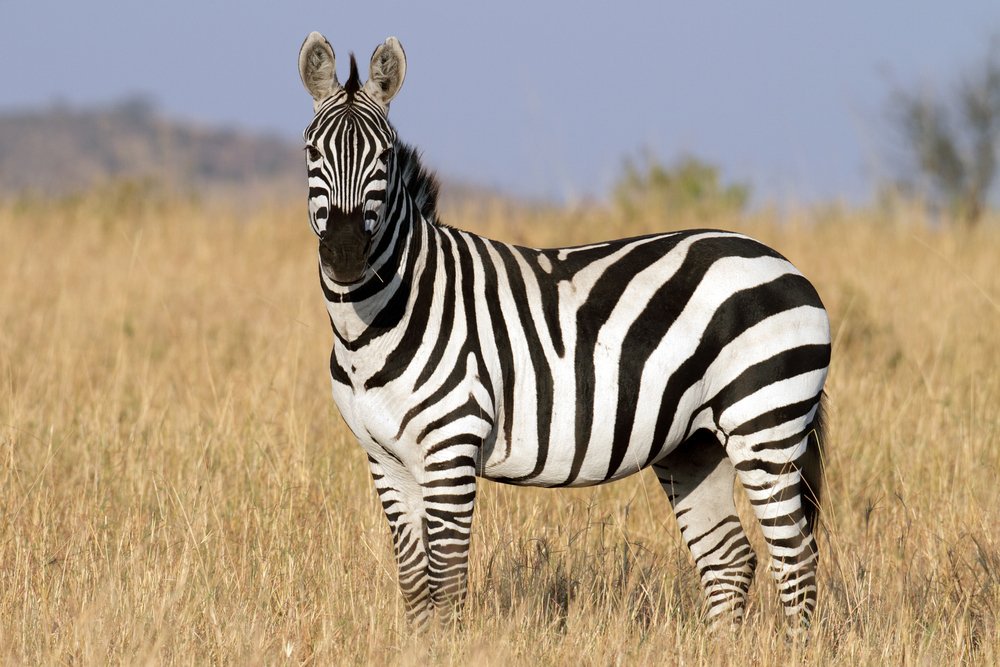




Can you imagine an animal that weighs more than 20 elephants? It’s the blue whale or rorqual, which can reach over 30 meters in length and weigh 130 tons. It’s the largest mammal! The smallest ones, like some species of shrews, are as short as your finger, but their tails make them seem longer.
Characteristics
They are vertebrates (they have a spinal column) and have skin covered with hair, which helps them keep their body warm. Most, but not all, mammals have mammary glands to feed their babies. They have a respiratory system, as well as a double and closed circulation with a heart divided into 4 chambers.
There are three main groups of mammals: monotremes, marsupials, and placentals. Monotremes and most marsupials live in Australia and nearby islands:
Monotremes
Currently, only the platypus and echidnas exist. They are the only mammals that lay eggs instead of giving birth to live young. There are only three types of species.
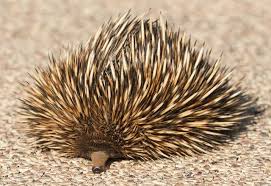
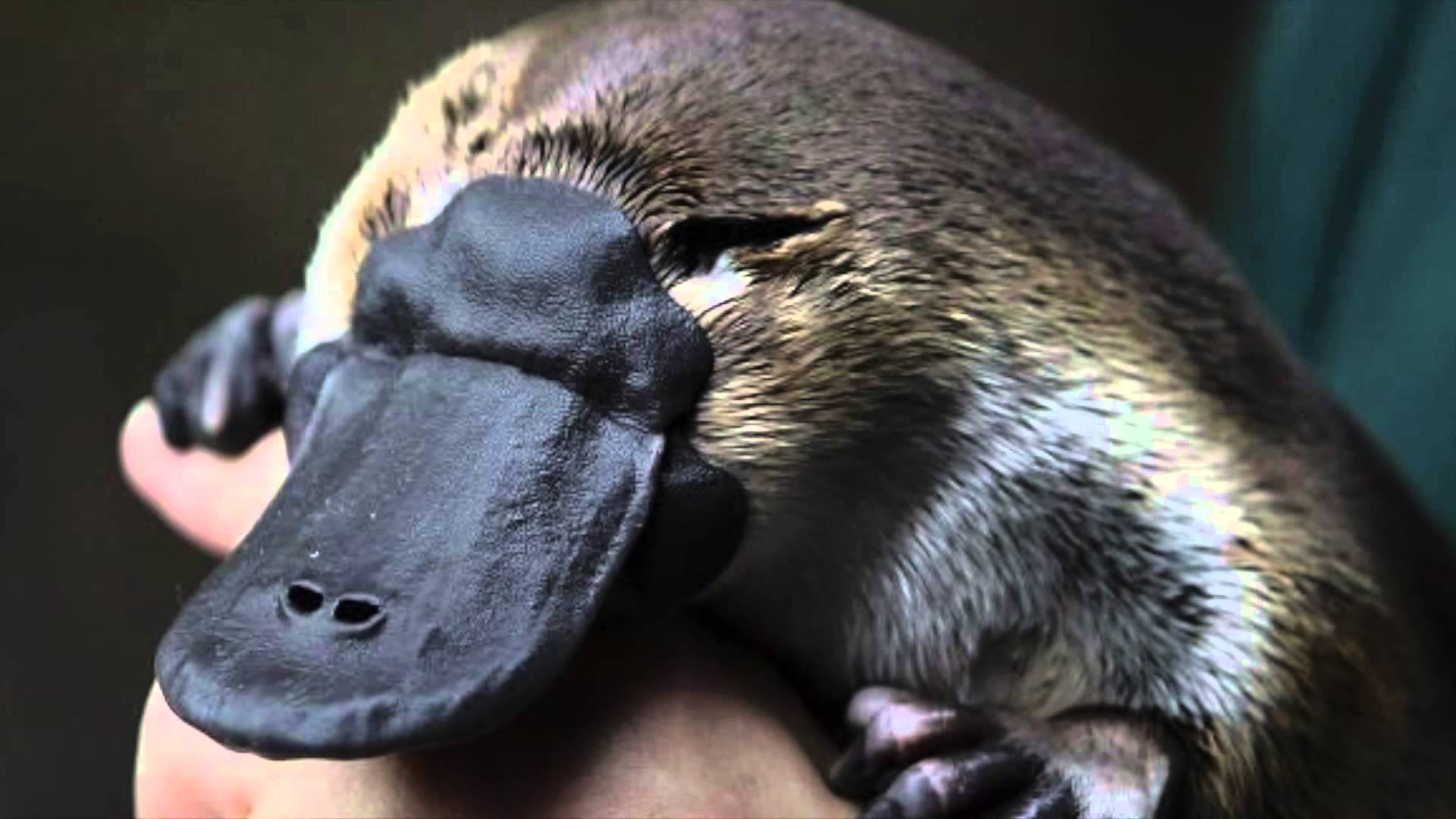
Marsupials
Kangaroos, koalas, and opossums are marsupials. When they are born, their offspring are not fully developed. Immediately after birth, they climb into a pouch on their mother’s abdomen, known as the marsupial pouch or marsupium. The young stay inside the marsupium, feeding on the mother’s milk, until they are fully developed. There are about 250 species of marsupials.


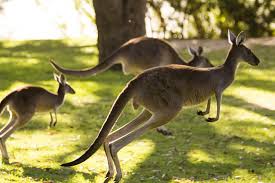
Placental Mammals
Placental mammals are the most numerous. You also belong to this group. Like all placental mammals, you remained inside your mother’s body until you were ready to be born. Inside, you were warm and safe, attached to the placenta.
You spent about nine months there. Other mammals spend more time inside their mothers: giraffes for about 14 and a half months, elephants for approximately 21 months; dogs, on the other hand, only about 63 days, and mice, approximately 20 days.


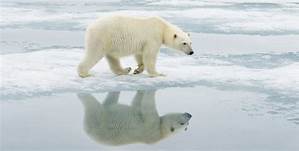
There are several groups of placental mammals. Primates, carnivores, bats, and cetaceans are some of the best-known:
Carnivores, such as wolves, lions, or tigers, are predators that hunt their prey. All of them eat meat and have sharp, pointed canines.
Cetaceans, which include whales and dolphins, are mammals that live in the sea. Their forelimbs have become fins, and they have lost their hind limbs.


Bats are mammals capable of flight. They are nocturnal animals with small eyes and poor vision. How do they hunt their prey, then? Bats have large ears, and they emit shrieks while flying. When an insect is nearby, the sound hits it and bounces back like an echo. Their ears pick up this echo; this way, they can locate the insect and swiftly pounce on it.
Primates, including small monkeys, chimpanzees, lemurs, gorillas, and humans, have highly developed brains. They also have five prehensile fingers, meaning they can use them to grab and hold things.
Many primates have an opposable thumb, meaning it can move against the other fingers. You have one too; it’s your thumb or big finger. Have you ever thought about how important this finger is to you? Try to pick up a book, write, or eat without using it. Isn’t it difficult? The thumb allows you to grasp things better.



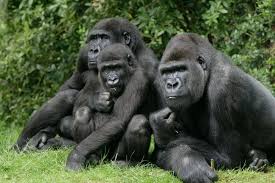

Diet
The diet of mammals is very varied depending on the species, and they can be classified as:
- Carnivores: such as lions, cats, tigers, wolves, or polar bears. They feed on other animals.
- Omnivores: such as opossums, rats, hamsters, genets, or raccoons. They have a generalist diet as they consume both plant and animal products.
- Herbivores: like gazelles, hippos, or deer. They feed on plant-based products.
- Insectivores: including hedgehogs, bats, moles, or shrews. These animals feed on insects.
- Frugivores: such as bats and some primates, these animals feed on fruits.
Reproduction
There are 3 types of reproduction in mammals. Firstly, monotremes lay eggs and feed their babies with breast milk. The female retains the eggs for some time and then deposits them in her burrow where an incubation process begins. After two weeks, the offspring are born.
Then there are marsupials, whose reproductive strategy is exemplified by the opossum. When their babies are born, they resemble tiny worms but then embark on a long journey through their mother’s belly until they find the marsupium (ventral pouch) where the babies attach themselves to the teats until their development is complete.
The third type is that developed by placental mammals, where the embryo remains in the mother’s uterus, feeding on nutrients received through the placenta, an intimate connection between mother and baby. The duration of the baby in the uterus varies depending on the animal.
Did you know that there are pet mammals? Who would have thought that our best friends or companions, such as dogs and cats, are mammals, as well as ferrets, rodents, dwarf rabbits, sugar gliders, among others

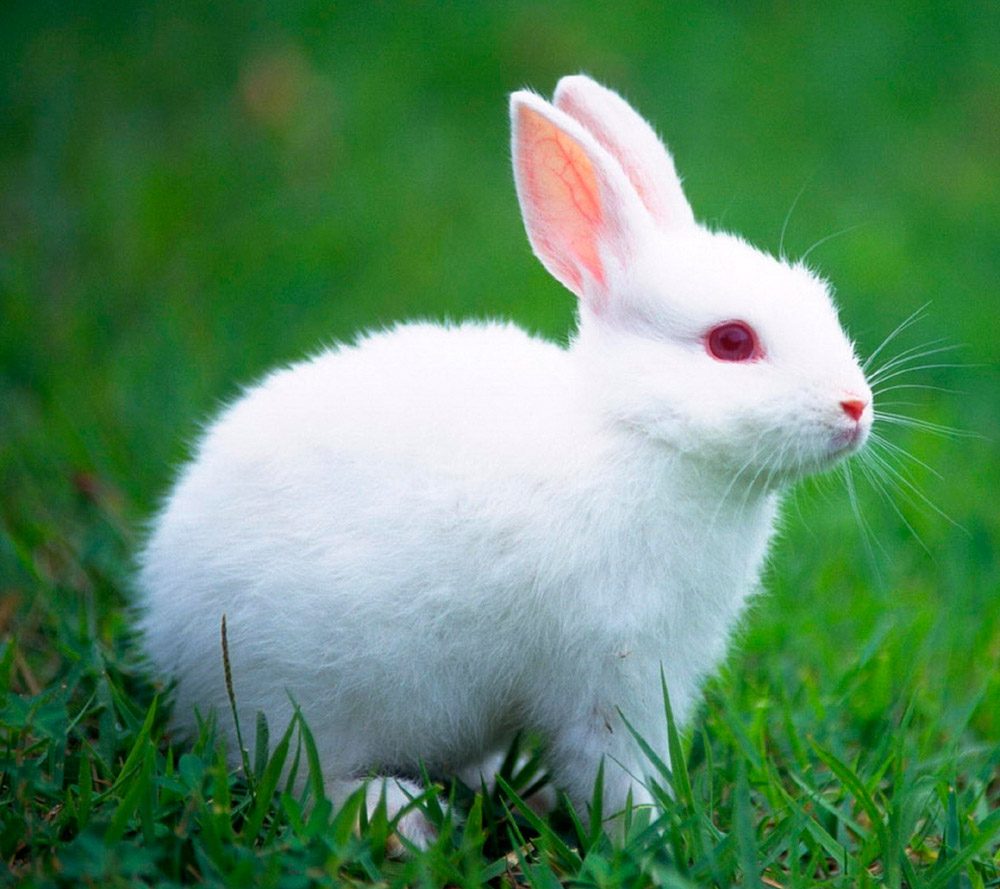


Habitat
Most mammals are terrestrial, and what’s interesting is that they live adapted to various habitats or places, including extreme environments in both cold and hot areas. They are present on all continents, including Antarctica and areas near the North Pole. Their distribution most often depends more on climate than on the continent.
And pet mammals live with many of us in our homes, becoming part of the family.

